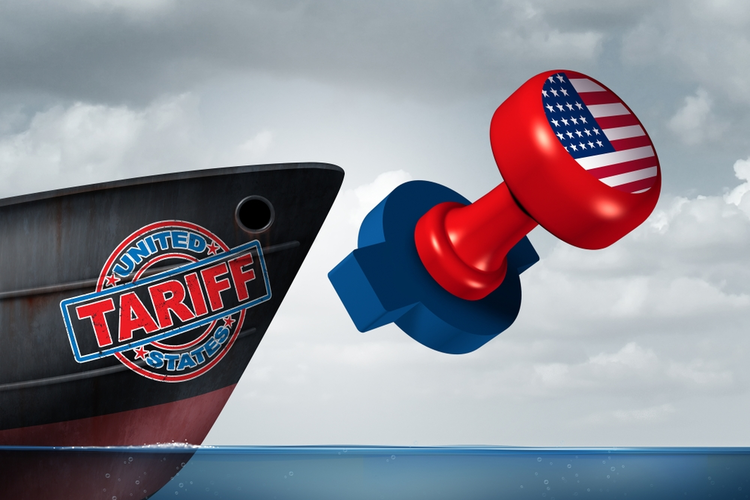US Proposes New Tariffs: How They Could Reshape Global Trade Dynamics
As tensions rise around global trade, the US government, under President Donald Trump, is considering new universal tariffs of 25% on automobiles, semiconductors, and pharmaceutical drugs. These tariffs, which could be implemented as soon as April, have prompted swift reactions from countries like India and Japan, both eager to negotiate their trade relations before the potential economic repercussions take effect.

In a recent escalation of tariff rhetoric, Trump reiterated his commitment to reciprocal tariffs, with proposals targeting key industries that could significantly impact international trade. While specific details surrounding these new tariffs remain unclear, the urgency for India and Japan to engage in bilateral discussions has become apparent. India has already initiated talks, particularly ahead of Prime Minister Narendra Modi's upcoming visit to the US, signaling the importance of maintaining favorable trade conditions.
Economic Implications for India and Japan
India's proactive measures include lowering import duties on certain American products, such as high-end motorbikes and bourbon whiskey, in a bid to foster goodwill before the tariffs potentially come into effect. However, analysts at Citigroup estimate that India's economy could face annual losses of up to $7 billion due to Trump's proposed tariffs. Indian exporters, particularly in sectors such as chemicals, metal products, jewelry, and agriculture, are bracing for the impact as the April deadline approaches.
Japan has also raised concerns over potential tariff increases on automobiles, seeking concessions from the US to protect its automotive industry amid fears of increased costs and reduced competitiveness.
The Broader Trade Landscape
Trump's assertion that India is the "Tariff King" reflects ongoing tensions regarding trade imbalances and tariff rates between the two nations. Currently, India imposes an average tariff of 11% on US imports, which is significantly higher than the tariffs the US levies on Indian exports. This situation has led to a complex negotiation environment, where both countries must navigate their respective economic interests while striving for a balanced trade relationship.
The proposed tariffs are seen as part of Trump's broader strategy to reduce the US trade deficit, which he believes is skewed in favor of foreign countries. However, this protectionist approach has raised alarms among economists, who warn that such measures could trigger retaliatory tariffs from other nations, including the European Union and China. The potential for a trade war poses risks not only to the US economy but also to global markets, with fears of inflation and recession looming.
Conclusion
As countries scramble to respond to Trump's tariff proposals, the international trade environment remains fraught with uncertainty. The upcoming months will be pivotal in determining how these tariffs will shape global economic dynamics and trade relationships. Nations like India and Japan are on high alert, seeking to protect their economic interests while navigating the complexities of an evolving trade landscape. The outcome of these negotiations could have far-reaching implications for the future of global trade and economic stability.
Stay informed on the latest developments in global trade by following our updates.
What's Your Reaction?
















